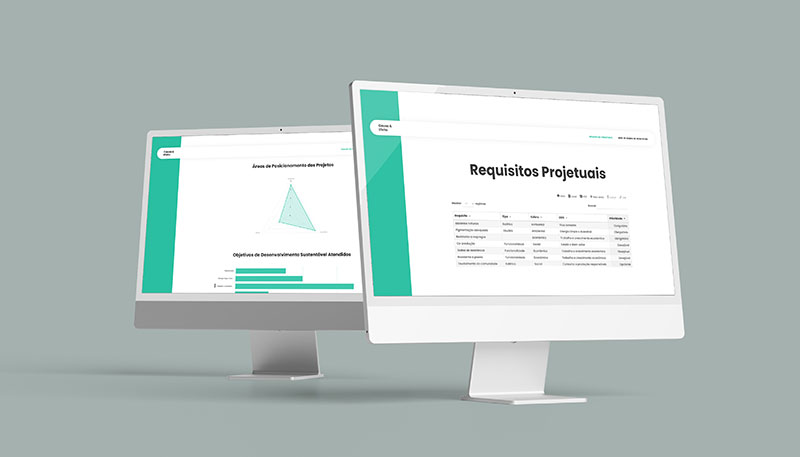
This research developed a tool to prioritize sustainable requirements in product design projects, assisting designers in making more conscious and efficient decisions.
The Design Science Research (DSR) methodology guided the process, starting with a theoretical review of design, project methods, and sustainability. The artifact was then created using creative tools and supported by similar studies.
The tool was evaluated and refined with input from experts and students, ensuring its functionality and applicability. The result is a practical instrument that facilitates the integration of sustainability concepts into projects, promoting more sustainable solutions.
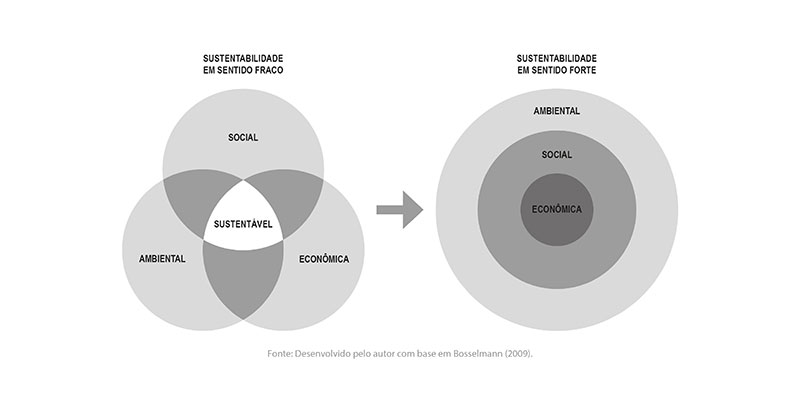
The development of the tool was based on the principles of strong sustainability, which emphasizes that the ecological sphere acts as a limiting framework for the social sphere, and in turn, the social sphere imposes limits on the economic domain.
This approach ensures that sustainability is addressed holistically, prioritizing ecological balance as a foundation for social well-being and economic activities, aligning the tool's design with a systemic and integrated perspective.
After an extensive systematic literature review, word mapping and concept mapping tools were used to organize and structure the creative process.
The word map helped identify key terms and explore connections between relevant concepts, while the concept map enabled the visualization and hierarchical integration of ideas.
This approach facilitated understanding of the complexities involved and guided the development of a more structured and coherent solution.
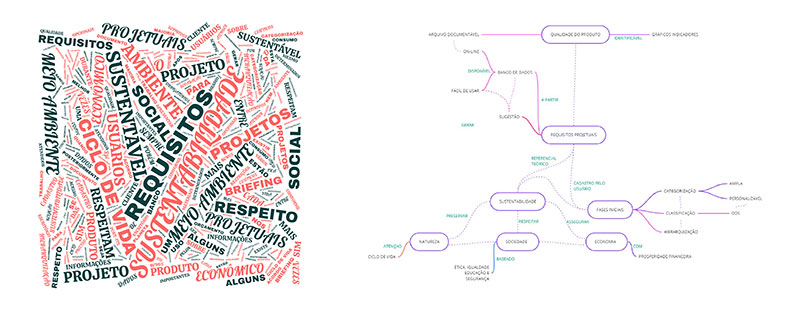
The moodboards used were divided into three categories:
a) Images with technical and organizational characteristics, obtained from the literature review and systematic literature review (SLR);
b) Images representing the target audience and environmental context;
c) Aesthetic references.

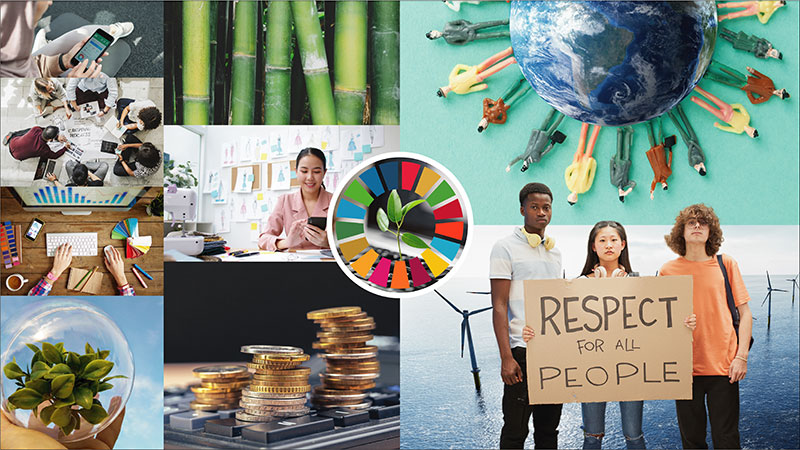
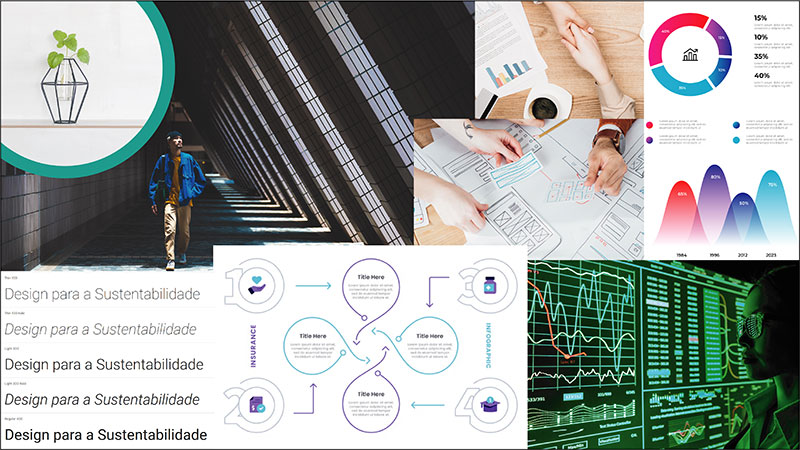
The development of the tool's flowchart began with initial modeling through manual sketches, where the main steps and essential interactions for the tool's functionality were outlined. This approach provided a quick and intuitive view of the process, making it easier to make adjustments and refinements early in the development. The modeling was then enhanced through an intermediate digital version, using design software to detail the relationships and flows more precisely and visually. This transition to digital allowed for feedback-based adjustments and the creation of a more functional and cohesive flowchart.

The final mockups were created to represent the tool's design in detail and precision, focusing on usability and user experience. This stage finalized the layout and information organization, ensuring the interface was intuitive and functional.
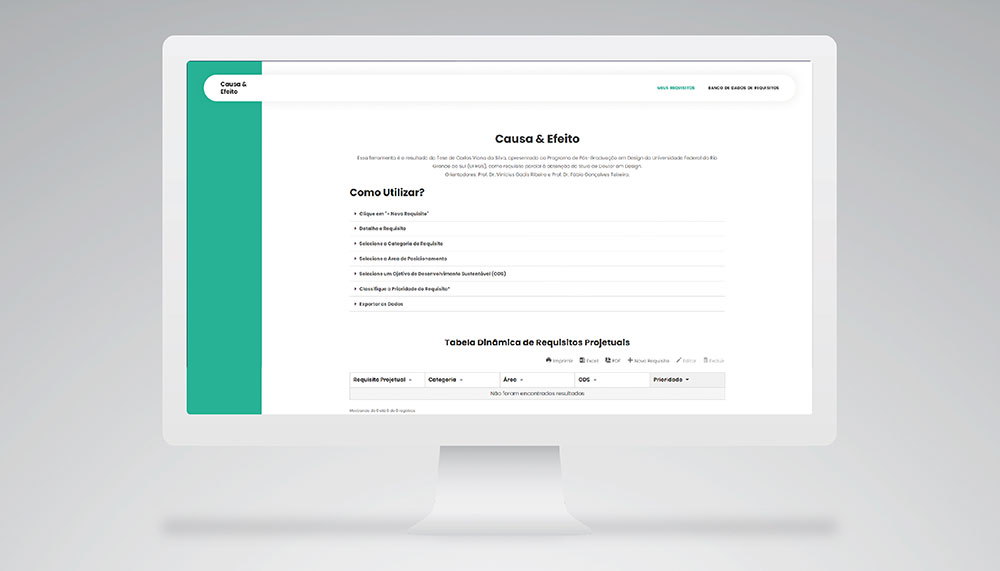
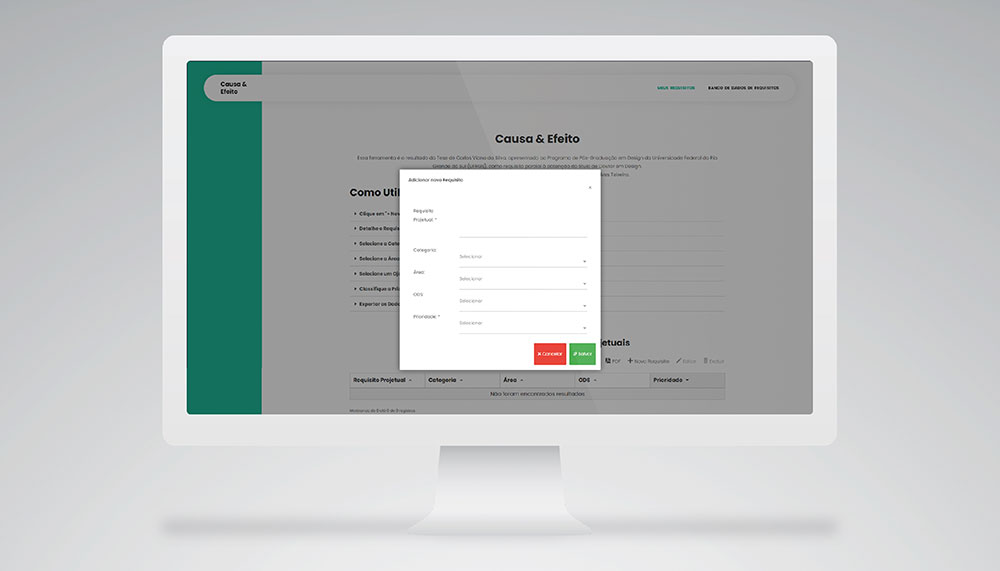
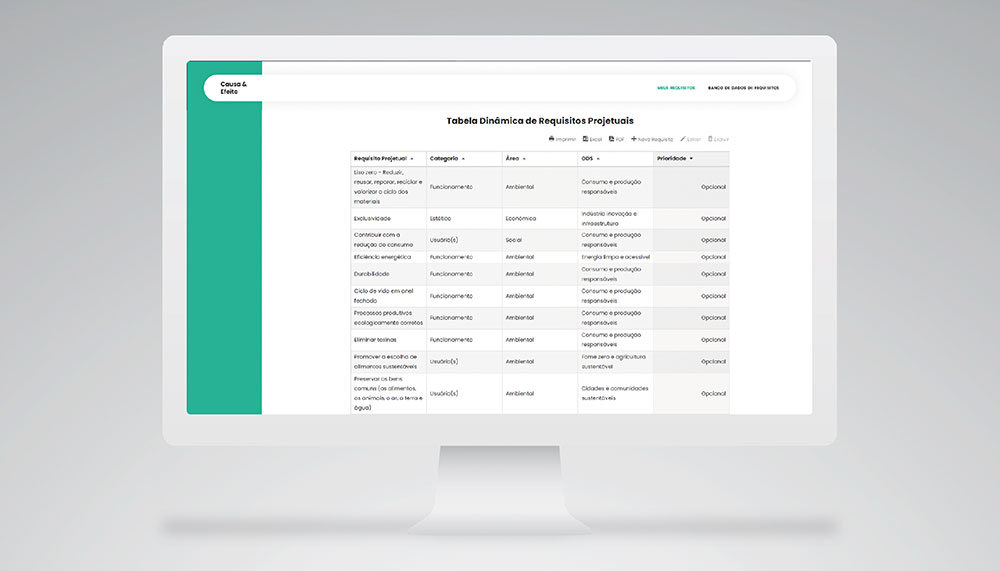
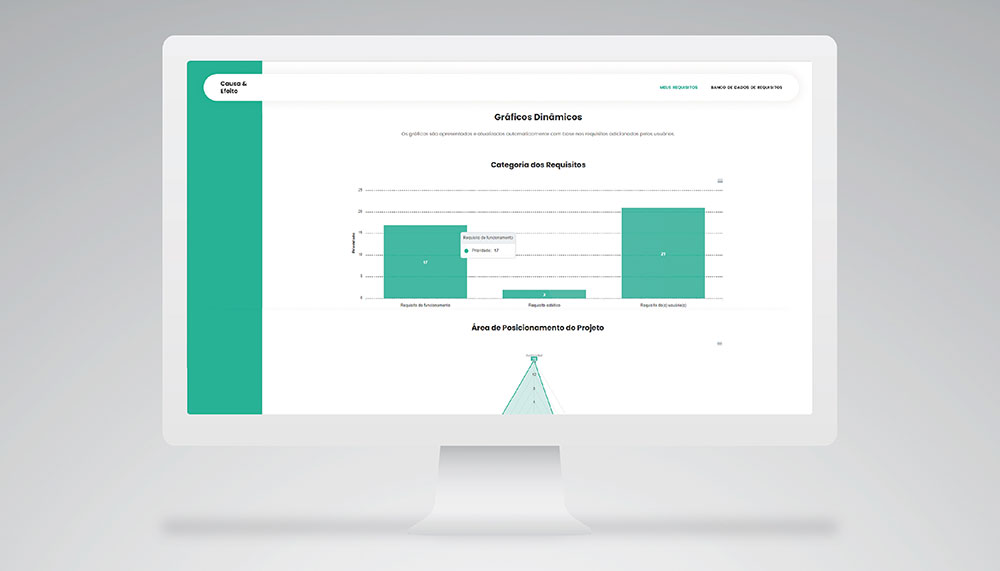
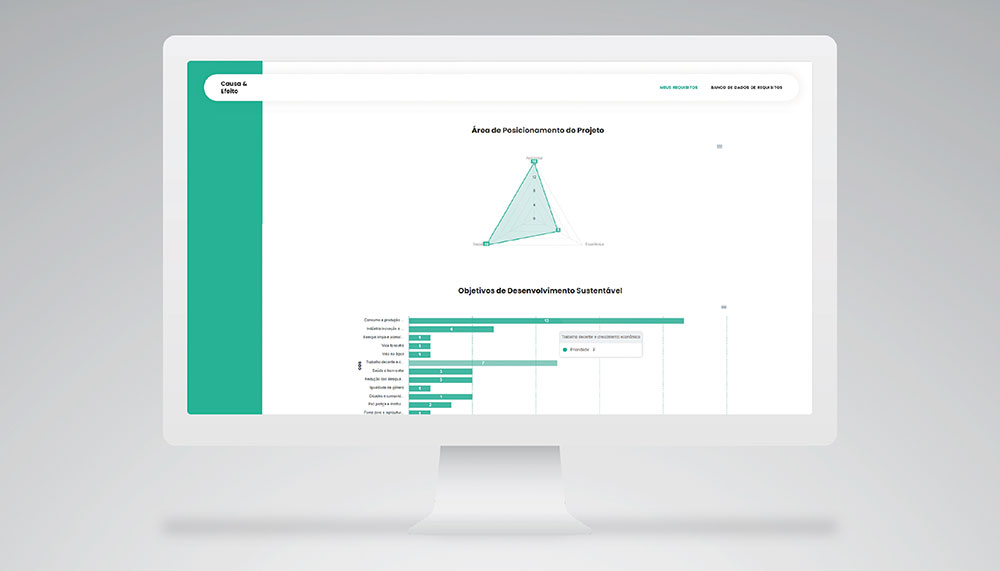
Thank you for your time and interest. For more information, visit our website: www.causaeefeito.eco.br

LinkedIn:
linkedin.com/in/carlos-viana-da-silva/
Behance:
behance.net/alemaoviana
Instagram:
@alemaoviana
E-mail:
viana@escdesign.com.br